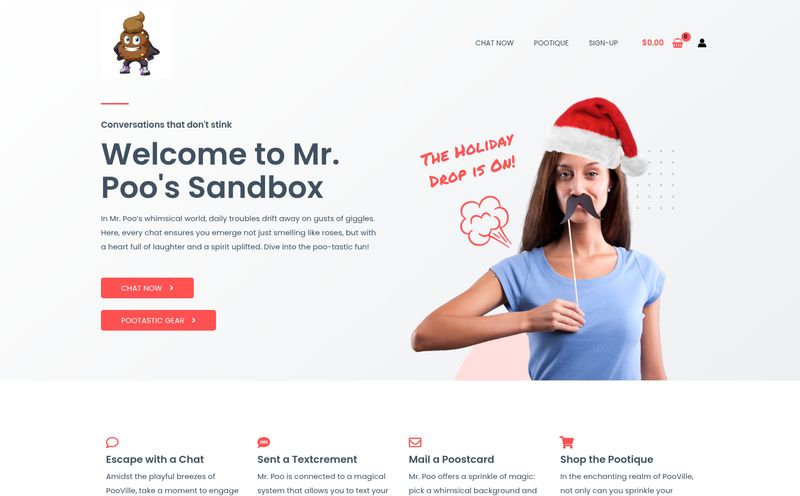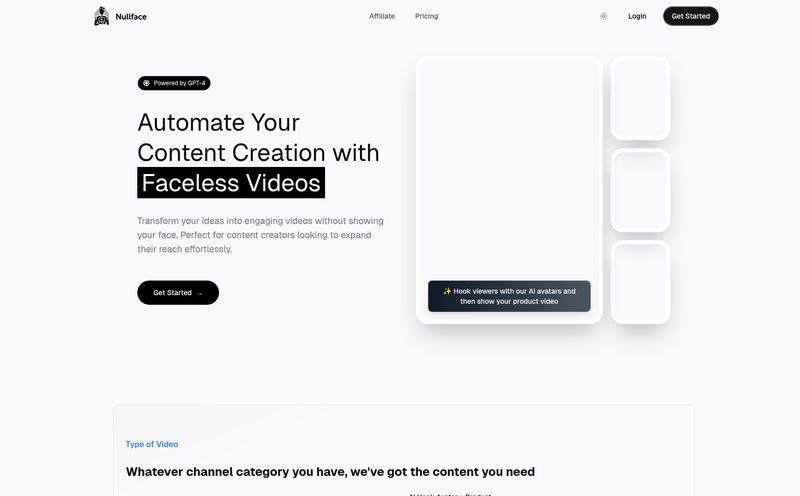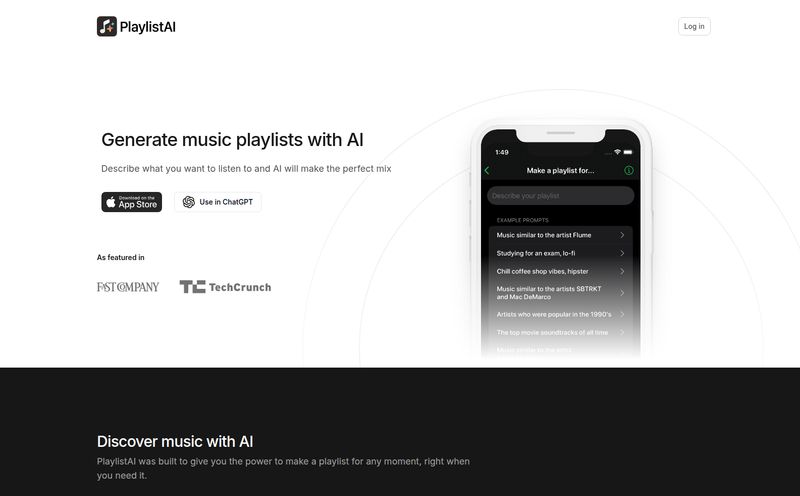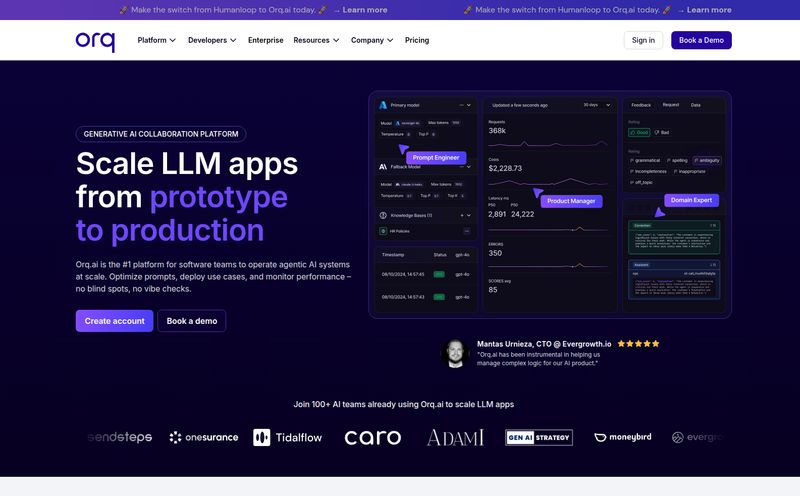I’ve been in the digital marketing trenches for what feels like a lifetime. I’ve seen the rise and fall of pop-ups, the golden age of search, and the slow, creeping plague of what we all call “banner blindness.” You know the feeling. You spend weeks crafting the perfect campaign, optimizing your bids down to the last cent, and designing an ad that’s a mini-masterpiece. And then… nothing. Crickets. Your beautiful ad becomes just another part of the digital wallpaper people have trained themselves to ignore.
So, when I first heard about a platform called DynamicAds promising to make ads talk, my professional skepticism kicked in hard. Another shiny new toy? Another platform promising to 'revolutionize' the industry? Sure. But then I saw how it worked, and I have to admit, my jaded old marketer heart skipped a beat. This might be different. This might actually be something.
What on Earth is DynamicAds, Anyway?
Strip away the jargon, and DynamicAds is a platform that transforms your boring, static ads into interactive AI agents. Think of it this way: your standard banner ad is a billboard on the highway. People glance at it, maybe they register the message, but they just keep driving. DynamicAds turns that billboard into a friendly, helpful person standing by the side of the road, ready to answer questions. It’s a fundamental shift from a one-way shout to a two-way conversation.
It’s not just a chatbot crudely stapled onto a display ad. It's a voice-enabled experience designed to engage a user right then and there. Someone sees an ad for a pair of hiking boots, and instead of just clicking (or ignoring it), they can literally ask the ad, “Are these waterproof?” or “Do you have these in a size 10?” The AI, powered by your own product info, can answer in real-time. Suddenly, the ad isn’t an interruption; it’s a service.
A Peek Under the Hood: The AI's Secret Sauce
The process seems straightforward on the surface: Create, Embed, Interact. You build your AI agent, embed a bit of code on your site (or use their React component), and let it do its thing. Simple enough. But the part that really got me excited was the glimpse they gave into the “Agent Internal Reasoning.”
It showed a sample interaction where a customer asked about a product. The AI didn't just spit out a pre-programmed answer. It showed its thought process:
- Thinking #1: “Okay, the user is asking about the shirt. I need to pull the details from the knowledge base I was given.”
- Thinking #2: “Now they want the price. Let me check the product catalog for that SKU.”
- Thinking #3: “They’re asking about shipping. I should check their location against our shipping policies and maybe even see if there’s a relevant discount I can offer to close this deal.”
That last part is the kicker. It’s proactive. It's strategic. The AI isn't just a glorified FAQ bot; it’s a tiny, automated salesperson working for you 24/7 inside every single ad impression. This is the kind of stuff we've been talking about in marketing circles for years, but it always felt like a distant dream. Now, it's seemingly here.
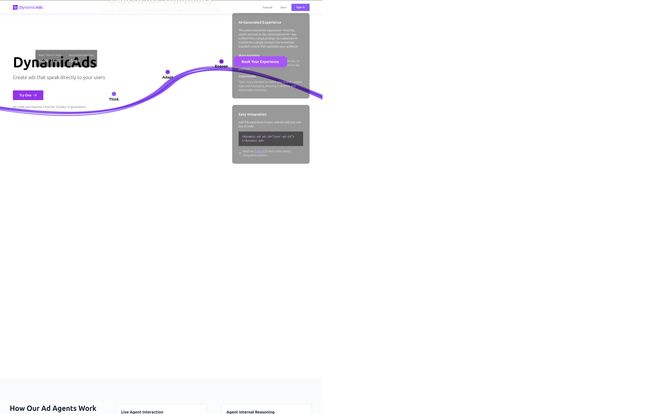
Visit DynamicAds
The Core Features That Actually Matter
I’ve seen enough feature lists to make my eyes glaze over, but a few things about DynamicAds genuinely stand out from a practitioner's point of view.
First, the AI-powered interactive creation. It implies that you're not just uploading a GIF and calling it a day. You're training an agent, giving it a personality, and feeding it the knowledge it needs to be helpful. This is where the real work—and the real opportunity—lies. The more effort you put into crafting your agent’s knowledge base, the better the user experience will be.
Then there’s the voice-enabled experience. We're all getting more comfortable talking to our devices. Integrating this into advertising feels like a natural next step. It lowers the barrier to entry for the user. It’s much easier to ask a quick question with your voice than to stop, type, and navigate a landing page. This could be huge for mobile users.
Finally, the easy integration. They mention simple code snippets and React components. This is smart. It tells me they understand their audience. Marketers can handle a simple snippet, and providing a React component shows they're also thinking about developers at more tech-forward companies. It removes a major point of friction for adoption.
The Potential Impact on Your KPIs
Alright, let’s get down to brass tacks. Does this actually move the needle on what matters? Clicks, conversions, and cost-per-acquisition?
My gut says yes. Think about the quality of a click that comes after a user has had a brief conversation. That user isn't just curious; they're qualified. They already know the price, they know it’s in stock, and they know it ships to their area. That’s not a tire-kicker. That is a high-intent lead. The potential for higher conversion rates here is obvious.
And what about engagement? We fight for every second of a user's attention. An ad that talks back and provides instant value is infinitely more engaging than a static image. This could dramatically improve brand recall and user sentiment. People might actually remember your ad because it was helpful.
A Necessary Reality Check
Now, before we all rush out and scrap our existing campaigns, let’s be real for a moment. This isn't a magic bullet. The platform’s effectiveness hinges entirely on how well you set it up. The “con” about needing careful prompt engineering is very real. If you feed your AI agent garbage information, it will give garbage answers, and you'll do more harm than good. Garbage in, garbage out—the oldest rule in tech still applies.
There's also likely a learning curve. I doubt you can master this in an afternoon. You’ll need to experiment with different conversational flows, agent personalities, and information structures. For some teams, that might be a hurdle. It requires a new way of thinking about ad creative.
So, What Does DynamicAds Cost?
This is the million-dollar question, isn't it? As of my writing this, DynamicAds hasn't made its pricing public. Their site has a “Try Now” button, which suggests a freemium model, a free trial, or perhaps they're in a beta phase and handling pricing on a case-by-case basis. This is a pretty common strategy for new SaaS tools hitting the market.
If I were a betting man, I’d guess we'll see a tiered structure based on usage—something like a certain number of free interactions per month, with paid plans that offer more agents, more conversations, and advanced features. For now, your best bet is to hit that 'Try Now' button and see for yourself.
Frequently Asked Questions about DynamicAds
Is this just for e-commerce stores?
While it's a perfect fit for e-commerce, I don't see why not. Imagine a real estate ad where you could ask the AI about the square footage or school district. Or a B2B ad where you could ask about integration options. The potential is much broader.
Do I have to be a developer to use it?
It seems like the ad creation part is user-friendly for marketers. The integration part, which involves code snippets or React components, might require a little help from a developer, but it doesn't look overly complicated for anyone with basic web experience.
How is this different from a normal website chatbot?
The key difference is placement. A chatbot lives on your website, which a user only reaches after they click. DynamicAds puts the conversation right inside the ad unit itself, engaging users much earlier in the marketing funnel, before they've even decided to click.
What happens to the conversation data?
That's an important question for any AI tool. While I haven't seen their specific privacy policy, platforms like this typically use conversation data to improve the AI and provide analytics to you, the advertiser. You’d get insights into what questions customers are asking most often, which is marketing gold.
Is the voice-enabled part mandatory?
I would imagine it supports both text and voice input to be accessible. But the voice feature is definitely one of its most unique selling points, leaning into modern user behavior.
My Final Verdict
I've seen a lot of tools that were all sizzle and no steak. DynamicAds feels different. It's tackling a real, tangible problem—user indifference to advertising—with a solution that is both technologically impressive and psychologically smart. It’s an ambitious step toward making advertising a genuine two-way street.
Will it replace every other ad format? No, of course not. But for campaigns where product details matter, for brands that want to build a reputation for helpfulness, and for marketers who are tired of shouting into the void… this could be a legitimate game-changer. It’s one of the few new ad-tech platforms I've seen recently that I'll be watching with genuine curiosity, not cynicism. And for me, that’s saying something.
Reference and Sources
- The official website and documentation for DynamicAds (Note: The site appeared to be under development or experiencing issues at the time of writing).
- Analysis based on their public-facing landing page content and feature descriptions.
